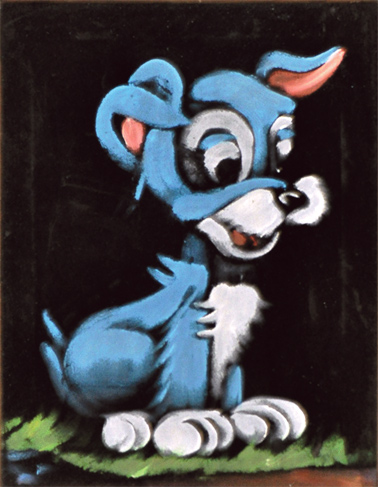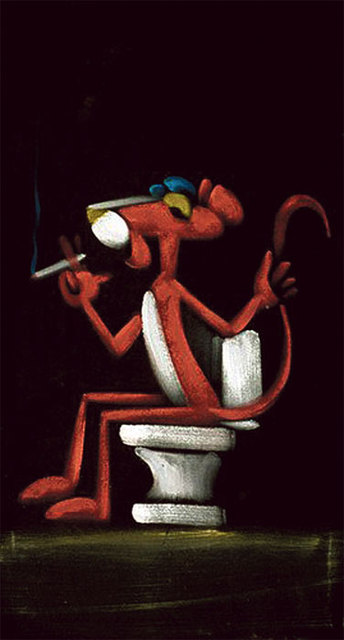Art Schmart: Three Lost Examples Of “Border Pop” (Unlicensed Velvet Art) From El Hombre Sin Nombre Surface In 2010.
Three Lost Examples Emerge In 2010




Latest Article|September 3, 2020|Free
::Making Grown Men Cry Since 1992






